How to Choose a Fishing Campground in Colorado
Colorado’s pristine lakes, rushing rivers, and mountain streams make it a paradise for anglers seeking both adventure and tranquility. With over 6,000 miles of streams and more than 2,000 lakes and reservoirs, choosing the perfect fishing campground can feel overwhelming. The right location can mean the difference between a forgettable weekend and an epic fishing story you’ll tell for years. Whether you’re after trophy trout, kokanee salmon, or high-alpine lake fishing, Colorado offers diverse options for every angler’s preference. This guide will help you navigate the essential factors to consider when selecting your ideal fishing campground in the Centennial State.
Understanding Colorado’s Fishing Regions
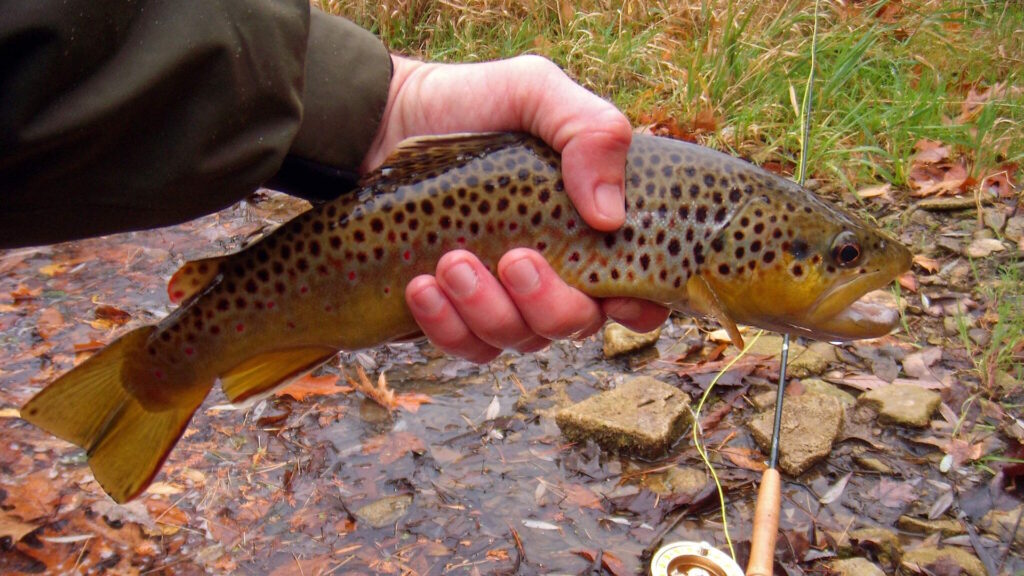
Colorado’s geography creates distinct fishing regions, each with unique characteristics and fish species. The western slope offers gold medal waters like the Gunnison and Colorado Rivers, known for large rainbow and brown trout. Eastern plains reservoirs like John Martin and Bonny provide warm-water fishing opportunities for bass, walleye, and catfish. The high-country alpine lakes and streams in central Colorado feature native cutthroat trout in breathtaking settings with shorter seasons. Rocky Mountain National Park and its surrounding areas combine accessible fishing with remarkable scenery and diverse ecosystems. Understanding these regional differences helps narrow your search based on target species and preferred fishing environments.
Selecting the Right Season

Timing your fishing campground selection requires understanding Colorado’s seasonal patterns. Spring runoff (typically May-June) creates challenging fishing conditions in many rivers, but can be excellent for reservoir fishing as waters warm. Summer (July-August) offers peak accessibility to high-country waters that may be inaccessible other times of year, though popular campgrounds fill quickly. Fall brings spectacular colors, cooler temperatures, and aggressive feeding patterns as fish prepare for winter, making September-October ideal for serious anglers. Winter camping requires specialized gear but offers solitude and ice fishing opportunities at lower elevation reservoirs and lakes. Each season offers distinct advantages, so aligning your trip with seasonal patterns improves your chances of success.
Evaluating Campground Amenities

Campground amenities vary dramatically across Colorado, from primitive backcountry sites to fully-equipped RV parks. Established campgrounds in national forests often provide vault toilets, fire rings, and potable water, with fees typically ranging from $1 to $ -30 per night. Private campgrounds near popular fishing destinations may offer electrical hookups, hot showers, and camp stores with basic fishing supplies, though at premium prices ($30-60+ nightly). Dispersed camping on public lands provides free options with no amenities but requires strict adherence to Leave No Trace principles. Consider whether you need boat ramps, fish cleaning stations, or proximity to ice and supplies when evaluating potential sites. Your comfort requirements and camping style should guide this decision, balancing convenience against the authentic outdoor experience you seek.
Accessibility Considerations

Accessibility factors significantly impact your fishing campground experience in Colorado. Many prime fishing locations require high-clearance or 4WD vehicles, particularly after rain or in early season when snow may block forest roads. Consider whether you’re comfortable with remote locations that might mean 30+ minutes to the nearest town for supplies or medical assistance. Cell service remains spotty throughout Colorado’s mountains, so satellite communication devices provide important safety backup for remote locations. For anglers with mobility concerns, look for campgrounds that offer ADA-accessible fishing piers, paved paths to water, or specialized facilities like those at Eleven Mile State Park or Steamboat Lake. Research road conditions in advance through the Forest Service websites or Colorado Parks and Wildlife resources to avoid unpleasant surprises upon arrival.
Researching Fishing Regulations
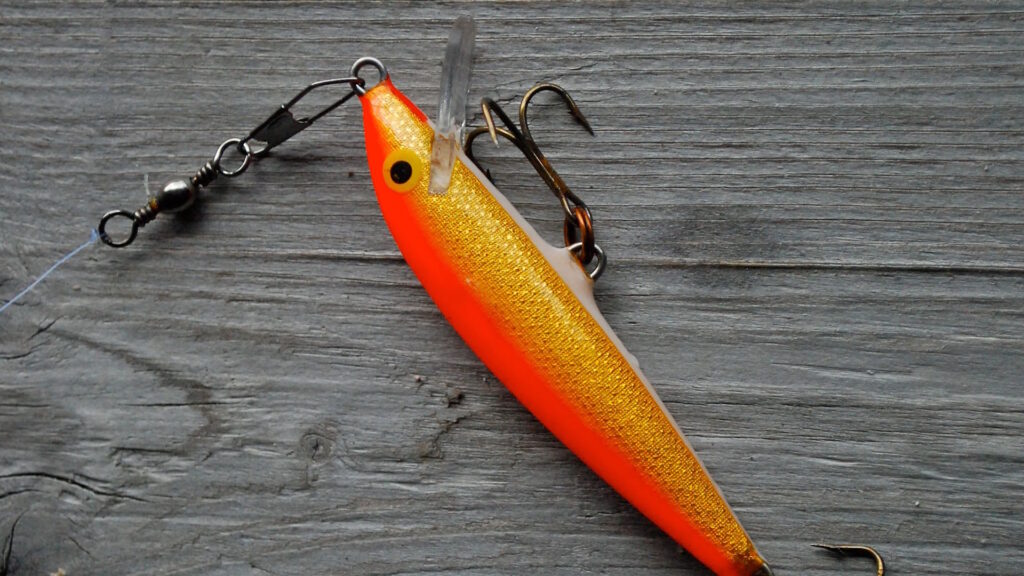
Colorado’s fishing regulations vary by water body and require careful attention before selecting your campground. Gold Medal waters like sections of the Frying Pan River or South Platte have special regulations, including catch-and-release requirements or artificial flies/lures only restrictions. Some waters have slot limits requiring the release of fish within certain size ranges to protect breeding populations. High alpine lakes in wilderness areas may have reduced bag limits to preserve fragile ecosystems. Always check the current Colorado Fishing Regulations brochure or the CPW Fishing App for specific regulations applying to your target waters, as these change annually. Don’t forget that everyone 16 and older needs a valid Colorado fishing license, available online or from numerous retailers throughout the state.
Considering Target Fish Species
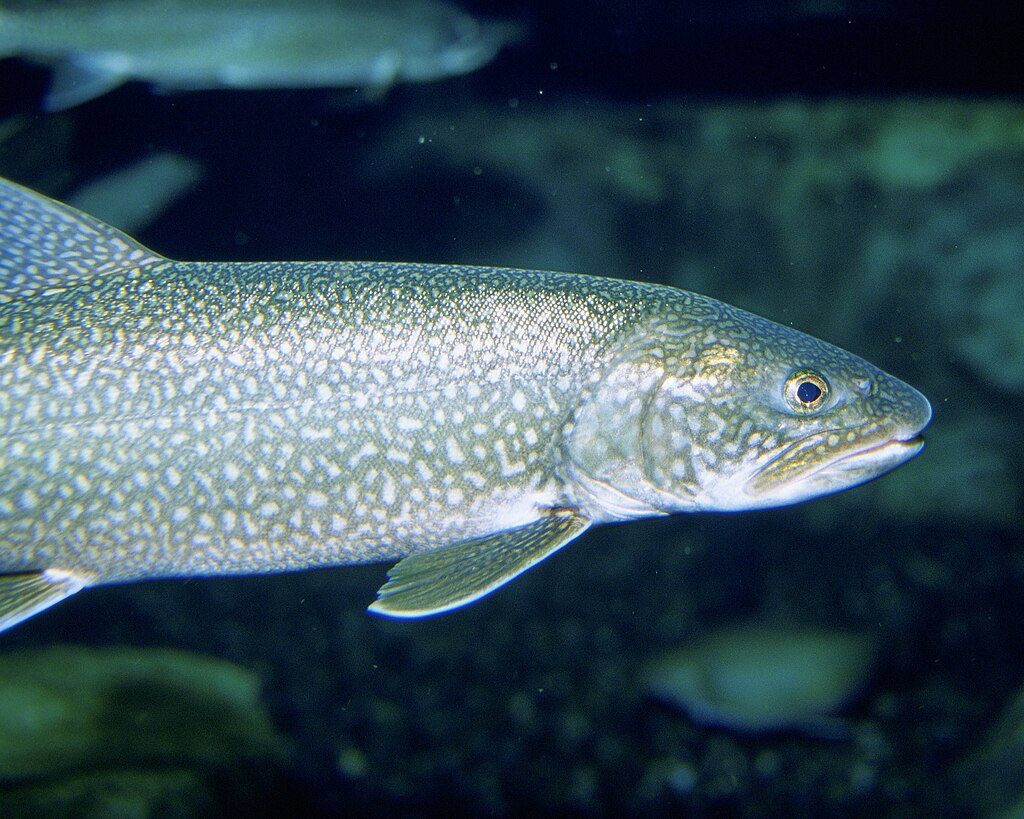
Your target fish species should heavily influence your campground selection in Colorado. Trout enthusiasts find paradise in high country streams and lakes, with brook, rainbow, brown, and native cutthroat varieties available throughout the mountains. Warm-water anglers targeting bass, walleye, or pike should focus on lower elevation reservoirs like Chatfield, Cherry Creek, or Boyd Lake, where campgrounds often provide boat access. For trophy lake trout (mackinaw), consider campgrounds near Blue Mesa Reservoir or Twin Lakes, where 30+ pound specimens are possible. Kokanee salmon run in the fall at locations like Lake Granby or Blue Mesa, requiring specific timing for optimal results. Research recent fishing reports through Colorado Parks and Wildlife or local fly shops to identify waters producing your preferred species before committing to a campground.
Balancing Popularity and Solitude
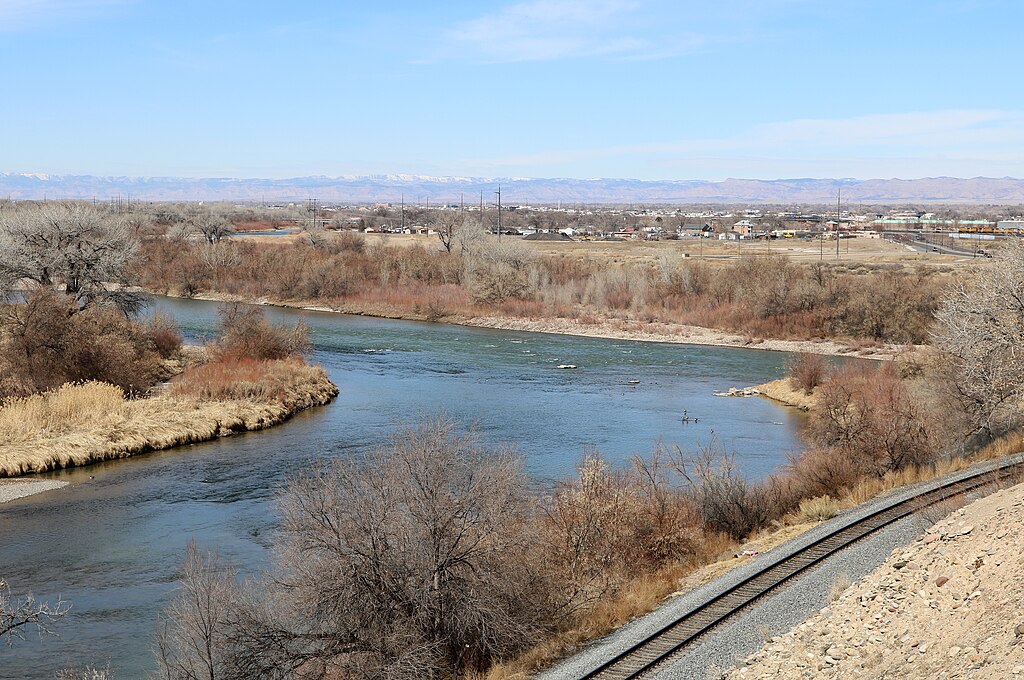
Colorado’s fishing campgrounds range from crowded and social to remote and isolated, requiring an honest assessment of your preference. Popular destinations like Eleven Mile Canyon, Spinney Mountain Reservoir, or campgrounds along the Arkansas River offer reliable fishing but can be packed during summer weekends and holidays. Reservations through Recreation.gov or Colorado Parks and Wildlife become essential up to six months in advance for these locations. For more solitude, consider lesser-known waters in national forests where dispersed camping allows flexibility without reservations. Remote options like campgrounds near Trapper’s Lake or high in the Flat Tops Wilderness reward the additional effort with untouched fishing and minimal crowds. Mid-week visits dramatically improve your chances of finding availability and elbow room even at popular destinations.
Understanding Water Conditions
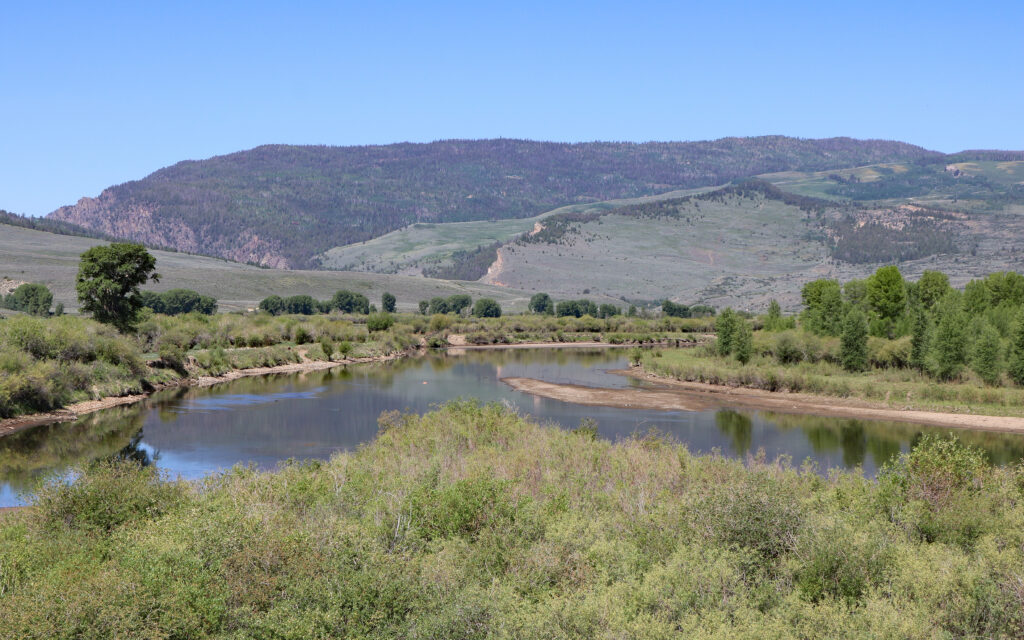
Water conditions critically impact fishing success and should factor into your campground selection. Rivers throughout Colorado experience significant seasonal fluctuations, with spring runoff (typically May-June) creating high, murky waters challenging for fishing but spectacular for whitewater enthusiasts. Tailwaters below dams, like the Blue River below Dillon Reservoir or the Taylor River below Taylor Park Reservoir, often provide more consistent conditions year-round. Reservoirs face different challenges: summer algae blooms, fluctuating water levels from irrigation demands, and seasonal turnover periods when fishing becomes difficult. Resources like the USGS Water Data website provide real-time streamflow information, while Colorado Parks and Wildlife offers periodic fishing condition reports for major waters. Selecting campgrounds with multiple fishing options nearby provides insurance against poor conditions at any single location.
Evaluating Weather Patterns

Colorado’s mountain weather demands respect and preparation when selecting fishing campgrounds. High-country locations above 9,000 feet can experience freezing temperatures any month of the year, with afternoon thunderstorms common during summer months. Lower elevation eastern plains campgrounds offer earlier spring and later fall seasons, but can become uncomfortably hot during July and August. The western slope generally provides more moderate conditions, but can experience intense summer heat in lower canyons. Weather patterns also impact fishing—barometric pressure changes before storms often trigger feeding frenzies, while bright, sunny days may push fish deeper or into shaded areas. Check historical weather data for your target area and time frame, and always prepare for conditions 20 degrees colder than forecast, particularly in mountain settings where weather changes rapidly.
Factoring in Family Needs
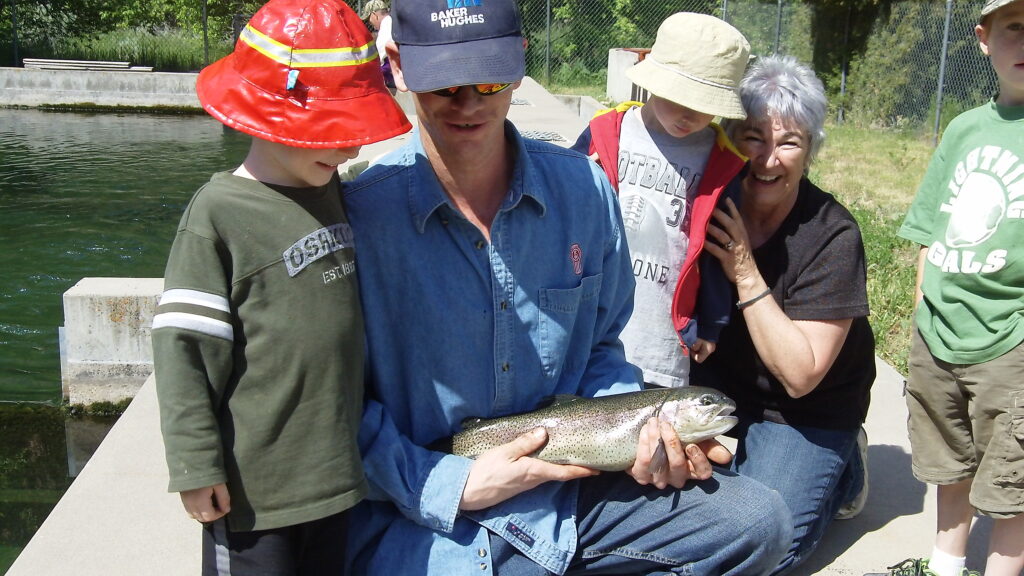
Family-friendly fishing campgrounds require balancing quality fishing with amenities and activities for non-anglers. State parks like Ridgway, Steamboat Lake, or Chatfield offer excellent compromise locations with developed campgrounds, reliable fishing, and additional activities like hiking, swimming, or wildlife viewing. Consider whether you need playgrounds, beaches, visitor centers with educational programs, or proximity to towns for alternative entertainment. Family-oriented private campgrounds near fishing destinations might offer mini-golf, game rooms, or organized activities that keep younger family members engaged when fishing interest wanes. Look for locations with easy shore acceand a high likelihood of catching smaller, more numerous fish if introducing children to the sport. Campgrounds offering cabin rentals or yurts provide middle-ground options for family members less enthusiastic about traditional tent camping.
Budgeting for Your Trip
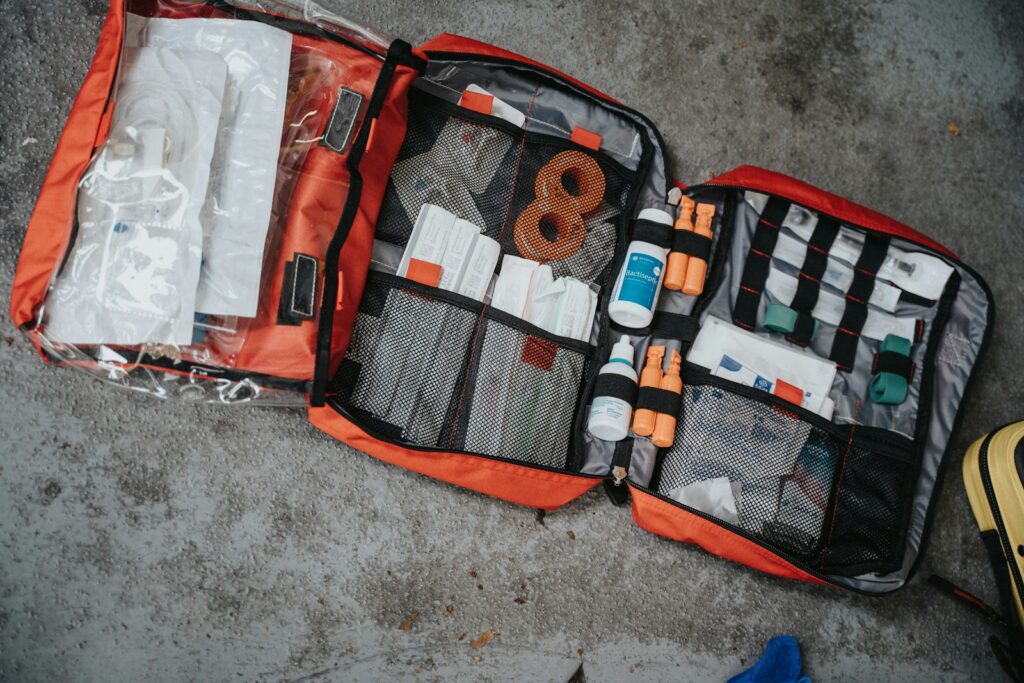
Fishing campgrounds in Colorado span every budget range, requiring realistic financial planning. Basic national forest campgrounds typically cost $10-20 per night with minimal amenities, while developed state park campgrounds range from $20-36, depending on services and hookups available. Private RV parks near premium fishing waters can exceed $50-75 nightly but often include full hookups, WiFi, and other conveniences. Free dispersed camping remains available on most national forest and BLM lands, though increasingly restricted near popular waters. Beyond camping fees, factor in fishing license costs ($13.90 for a one-day resident license, $17.00 for non-residents, with multi-day options available), equipment needs, food, fuel, and potential guide services ($400-600 daily for guided float trips on premium waters). Setting aside contingency funds for unexpected expenses like emergency tackle replacement or weather delays ensures your trip remains enjoyable regardless of surprises.
Seeking Local Knowledge
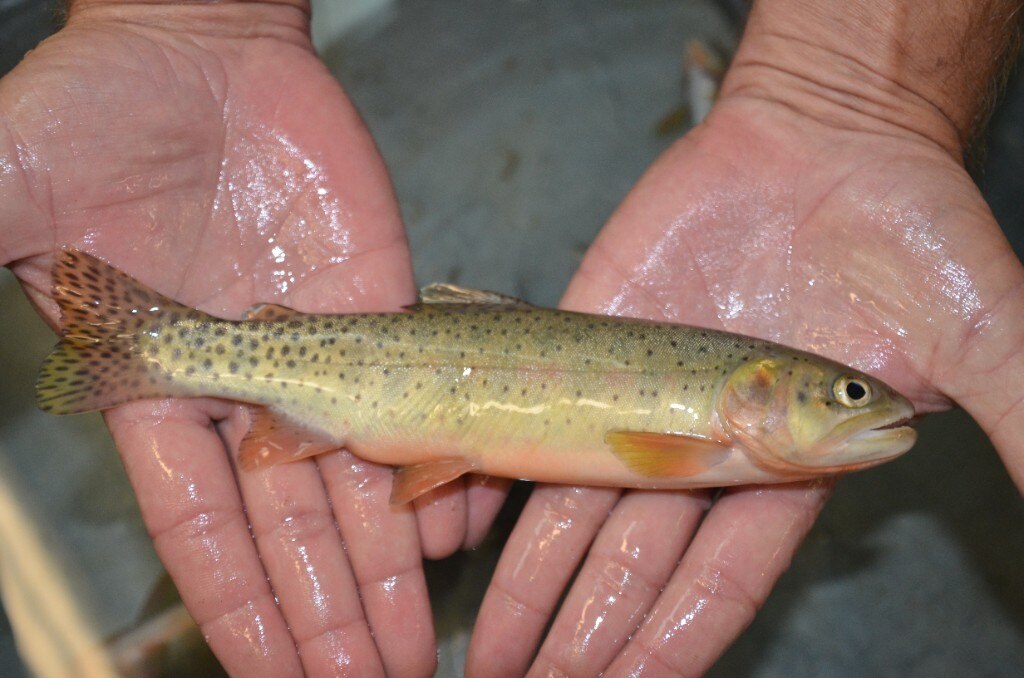
Local expertise provides invaluable guidance when selecting fishing campgrounds in Colorado. Dedicated fly shops like Taylor Creek in Basalt, Angler’s Covey in Colorado Springs, or Duranglers in Durango offer honest assessments of current conditions and campground recommendations tailored to your goals. Online forums like ColoradoFisherman.com feature discussions about specific campgrounds and recent fishing reports from fellow anglers. Facebook groups dedicated to Colorado fishing provide real-time updates and photo evidence of productive waters. Colorado Parks and Wildlife offices employ knowledgeable staff who can recommend suitable camping options near their managed fisheries. Developing relationships with these local resources before your trip and expressing genuine interest in their waters typically yields insights unavailable through general research, potentially transforming your experience from ordinary to extraordinary.
Making Reservations Strategically

Strategic reservation planning has become essential for accessing Colorado’s premier fishing campgrounds. Popular locations in state parks, national forests, and recreation areas typically open reservations six months in advance through Recreation.gov or the Colorado Parks and Wildlife reservation system, with prime summer weekends filling within minutes of availability. Implement calendar reminders for reservation opening dates and have accounts created with payment information ready beforehand. Consider shoulder season visits (late spring or early fall) when competition for sites decreases but fishing often remains excellent. For flexibility, research “first-come, first-served” campgrounds near your target waters, arriving mid-week or early morning to secure spots. Creating a tiered list of acceptable campgrounds rather than fixating on a single “perfect” location improves your chances of success, especially when planning less than six months.
Conclusion

Colorado’s fishing campgrounds offer extraordinary diversity, from high alpine lakes surrounded by fourteen-thousand-foot peaks to peaceful riverside sites where trophy trout rise at dusk. By considering the factors outlined above—location, seasonality, regulations, amenities, and local knowledge—you’ll find the perfect base camp for your Colorado fishing adventure. Remember that flexibility often yields the most memorable experiences, whether that means exploring an overlooked stream when your planned destination is unfishable or discovering a new favorite campground when your first choice is full. With proper planning, respect for the environment, and an adventurous spirit, Colorado’s waters will reward you with both exceptional fishing and the rejuvenating power of wild places. The perfect fishing campground awaits—now you know how to find it.
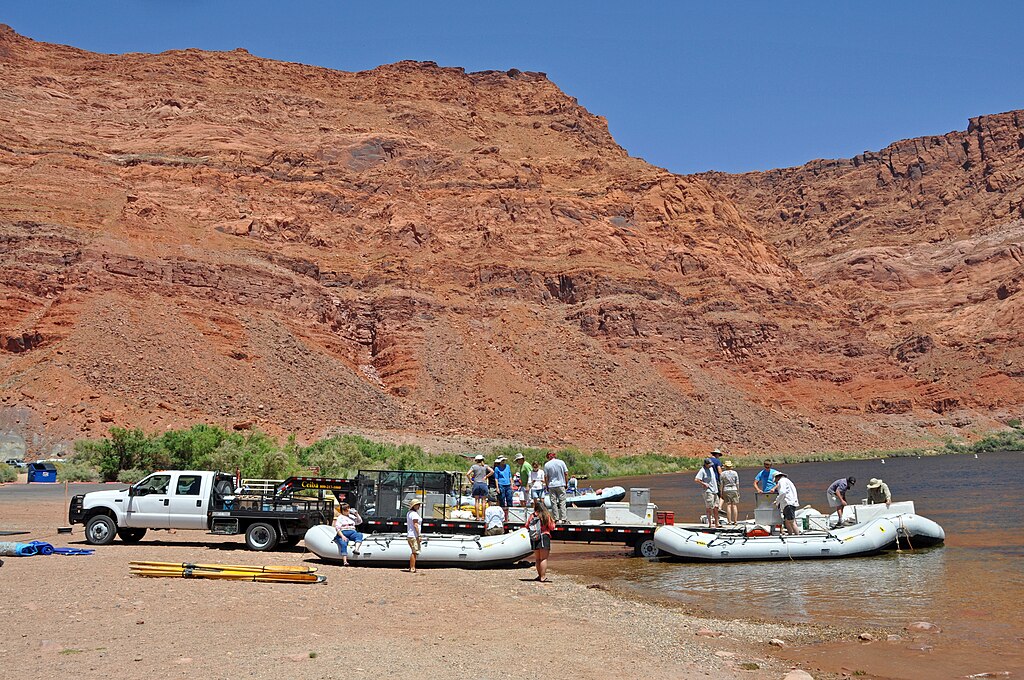
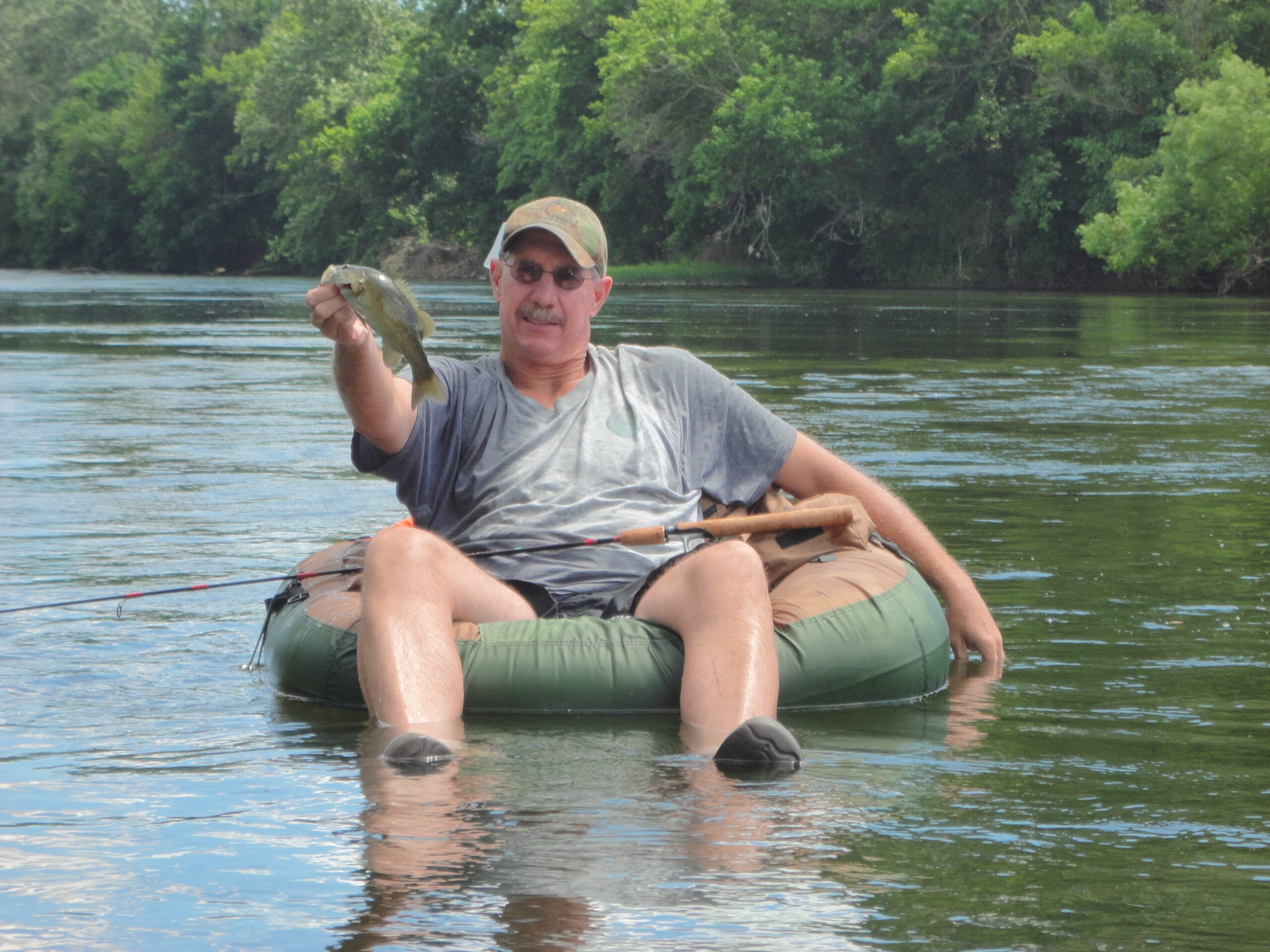

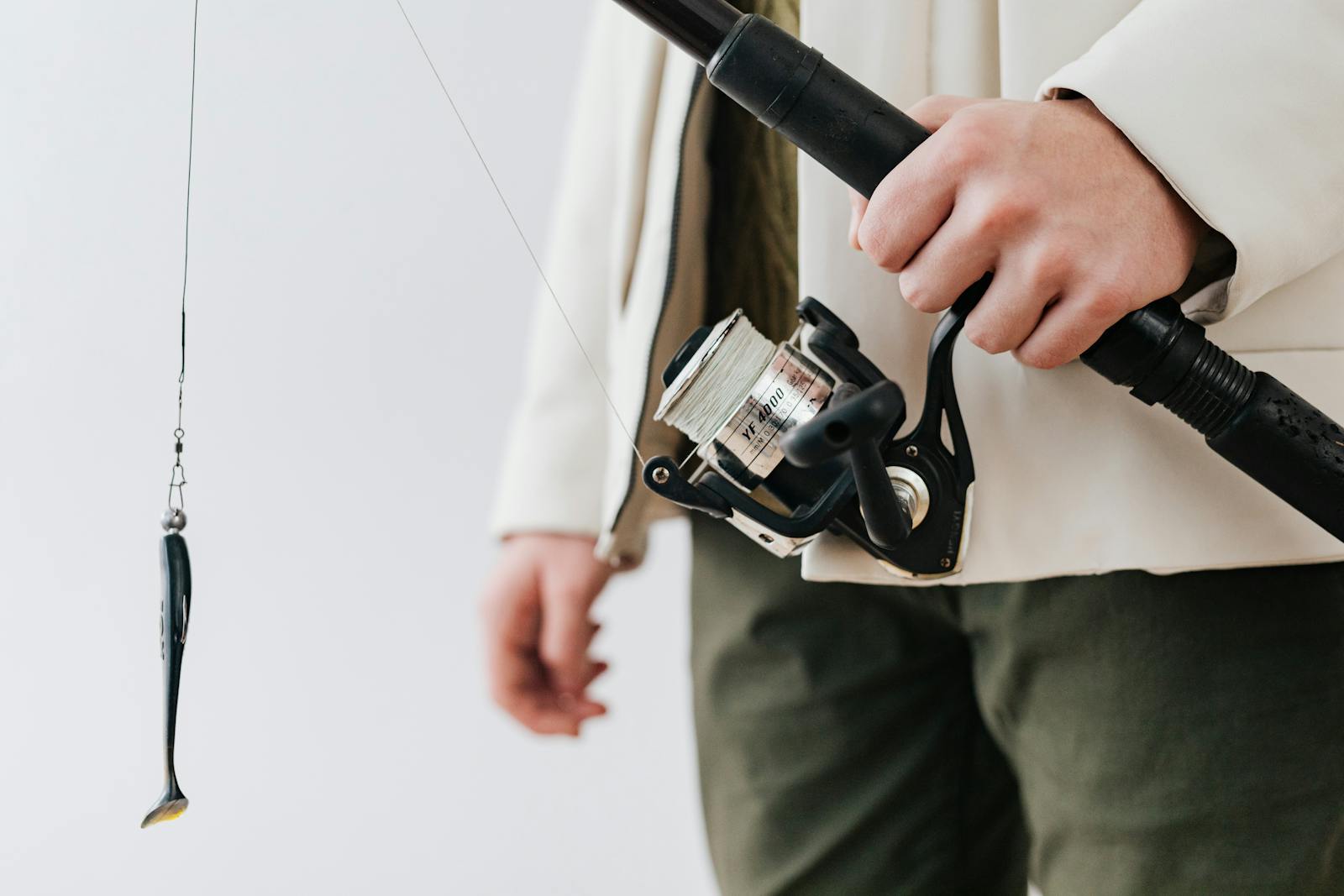
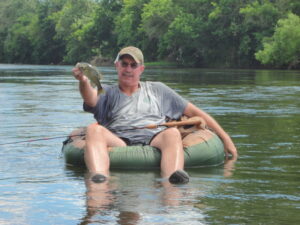
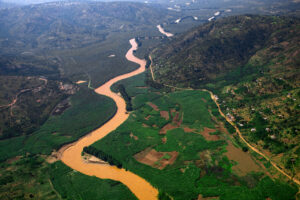








Post Comment